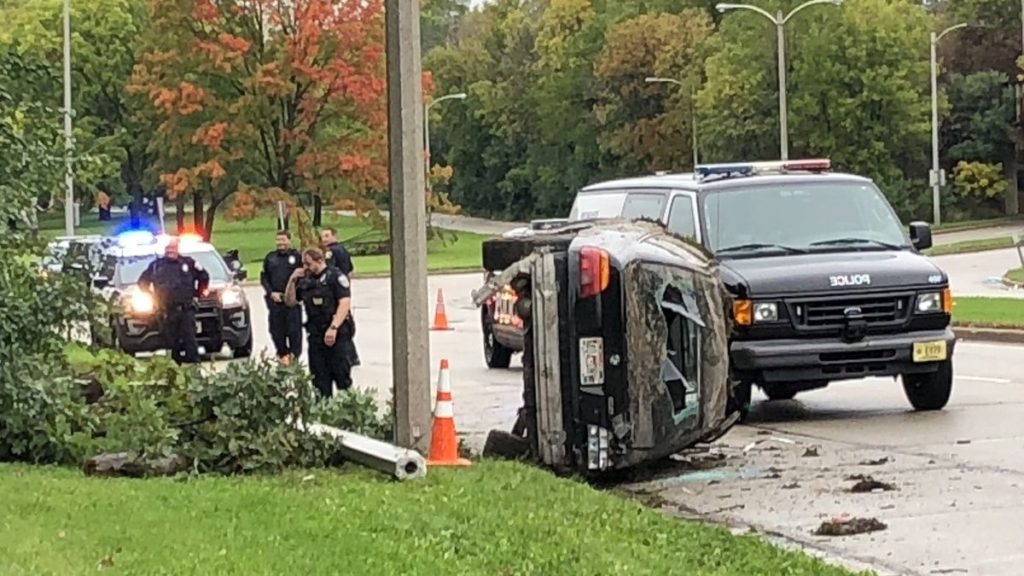Two days after a suspect died while leading deputies on a high-speed pursuit, Pasco Sheriff Chris Nocco stood in front of reporters and praised the “heroism” of his deputies for trying to save a kidnapped woman trapped inside the fleeing car.
The woman, though, wasn’t in the car.
Just 28 seconds after the Oct. 13 pursuit started, her voice can be heard in the 911 call made from a gas station.
That crucial information never made it to deputies.
They continued the 2½-minute pursuit on State Road 54 until the fleeing driver crossed the median and drove into oncoming traffic, according to the Pasco County Sheriff’s Office. The incident ended in a fiery head-on collision with an oncoming pickup truck. The suspect died. The pickup driver was seriously injured.
This latest incident underscores the dangers of high-speed pursuits, a risky law enforcement tactic that has drawn scrutiny across the county. High-speed pursuits have resulted in death and injury, prompting local agencies to restrict when officers can chase a suspect.
But what happens when those officers aren’t getting the most accurate information possible? In this case, Pasco deputies were in the dark about one critical element: There was no kidnapping victim to rescue.
Why wasn’t that relayed to the pursuing deputies? Would it have made a difference?
• • •
The recording of the 911 call, and the notes taken by the call-taker, detail what preceded the vehicle pursuit.
The caller, whose name was not made public, told the call-taker that at about 8:45 p.m. a woman, later identified as Melissa Mary Russo, 44, mouthed the words “help me” to him at the Circle K gas station at 17565 S.R. 54. She was with a man who was later identified as Michael Blomberg, 54.
“Something’s not right,” the caller said.
Then the situation escalated. Blomberg tried to force the woman into a black car, the caller told 911.
“He’s got her in a … headlock, it looks like,” the caller said. “He’s got her in a bear hug right now.”
Then the caller said the man drove away in a gray Chrysler 200 sedan. Deputies dispatched to the gas station started chasing the fleeing car.
A beat later, a female voice appears on the tape of the 911 call.
“Sir, is that the female with you?” the call-taker asked.
She was. The woman had escaped Blomberg’s car and run to the caller. This was 28 seconds after the event log shows the pursuit started.
“FEM WITH CALR,” the 911 call-taker wrote. “CALR HAS FEM IN HIS VEH.” CALR is the man who called 911. FEM is for the woman.
• • •
Here’s what happens when someone calls 911 in Pasco County: Call-takers type notes as they gather information from callers, such as the location and nature of emergencies.
The call-taker’s notes appear on the computer screens of dispatchers and deputies (via their vehicle laptops.) The dispatcher also speaks to deputies over the radio.
This setup allows one person to gather information from the caller while another focuses on sending the right kind of help: officers, firefighters or paramedics.
As deputies raced to the gas station, the recorded radio transmissions reveal the dispatcher briefing them en route using the call-taker’s notes: A woman mouthed “help me.” Her assailant put her in a headlock. He tried to force her into a car. The Chrysler was driving off.
Sheriff’s cruisers, lights and sirens blaring, quickly found the fleeing car.
Blomberg did not stop.
• • •
The Pasco County Sheriff’s Office policy that governs pursuits first explains how dangerous they can be:
“Vehicle pursuits conducted by law enforcement personnel often present a significant risk of danger to the safety of the general public, the deputies involved, and the occupants of the fleeing vehicle. National studies have determined that most vehicle pursuit operations conducted by law enforcement are usually short in duration and often result in a crash.”
Therefore, the policy states, Pasco deputies are not allowed to engage in pursuits unless they determine that allowing the suspect to escape is a greater danger to the public than the pursuit itself.
The Pinellas and Hillsborough Sheriff’s Offices and the Clearwater and Tampa Police Departments spell out under what circumstances their officers can chase a fleeing suspect. All involve a list of violent felonies that would justify a high-speed chase.
But in Tampa Bay law enforcement, the Pasco sheriff’s policy is the most permissive, according to Jon Farris, whose advocacy group Pursuit for Change aims to reduce unnecessary police chases. He started it after his son was killed in a taxicab struck by a driver fleeing police in 2007.
Still, the chase policies in Clearwater, Hillsborough, Pasco and Tampa would all have justified a high-speed pursuit in the Pasco case because it involved a possible kidnapping.
“This one was a unique case,” Farris said of the Blomberg pursuit.
Based on what the deputies knew at the time, he said, the Oct. 13 pursuit was justified. But what if deputies had that missing piece of information?
• • •
As the 911 call-taker typed into the computer system that the woman was at the gas station, deputies were already chasing after the Chrysler.
The pursuit headed west on State Road 54. Deputies stayed in constant radio contact with dispatchers.
“Not stopping,” a deputy reported over the radio. “Speed 60.”
A dispatcher asks if the deputies can tell if a woman is in the car. They said they couldn’t. No one in dispatch, according to the radio recordings, told the deputies that the woman was back at the gas station.
During those frantic 2½-minutes, deputies tried to puncture the fleeing car’s tires by laying “Stop Sticks” — tire-deflating spikes — onto the roadway.
Two deputies pursued the Chrysler, and each one’s body camera captured how it ended: The car crossed the highway’s median, driving west into eastbound traffic. Then, just east of Gunn Highway, the Chrysler struck an oncoming pick-up truck head-on.
Deputies dragged Bloomberg from the wreckage and tried to revive him. He was later pronounced dead at a hospital. The body cameras showed deputies searching the backseat of the Chrysler for the kidnapping victim.
The pickup driver, Kirby Sober, 24, suffered burns and a severe leg injury, according to family attorney Hunter Higdon. Sober must now use a wheelchair. Doctors expect he will be able to walk again after a long recovery.
• • •
The dispatch center is under Pasco County government. County spokeswoman Tambrey Laine would not say if the deputies should have been told that the woman they were trying to rescue was not in the car.
Farris, though, said the information officers receive during a high-speed chase is critical because it determines whether the chase should continue.
“Typically when there is a pursuit the officers or deputies are being monitored by a supervisor who is involved in (making) the call of whether there’s a need to break it off,” he said.
But in this case, he said, “there’s what would appear to be a breakdown in communication.”
Laine said the dispatcher handled the Oct. 13 incident according to protocol. The dispatcher relays information to deputies until they arrive. Then the roles reverse and deputies start informing the dispatcher, she wrote in a statement to the Tampa Bay Times:
“As soon as deputies are engaged, communications begin to flow the other way, with the deputies communicating via radio from the scene to the dispatcher, who enters those notes into our computer system. The focus at this point is on the information the deputy, as a trained first responder, is relaying to the dispatcher.”
But Doll said that even if the pursuing deputies were told there was no kidnapping victim trapped in the fleeing vehicle, they may have still continued the pursuit. They would still have to confirm there was no one in danger.
“We just can’t take somebody’s word over the phone that it’s fact,” he said.
Contact Josh Solomon at (813) 909-4613 or jsolomon@tampabay.com. Follow @ByJoshSolomon.


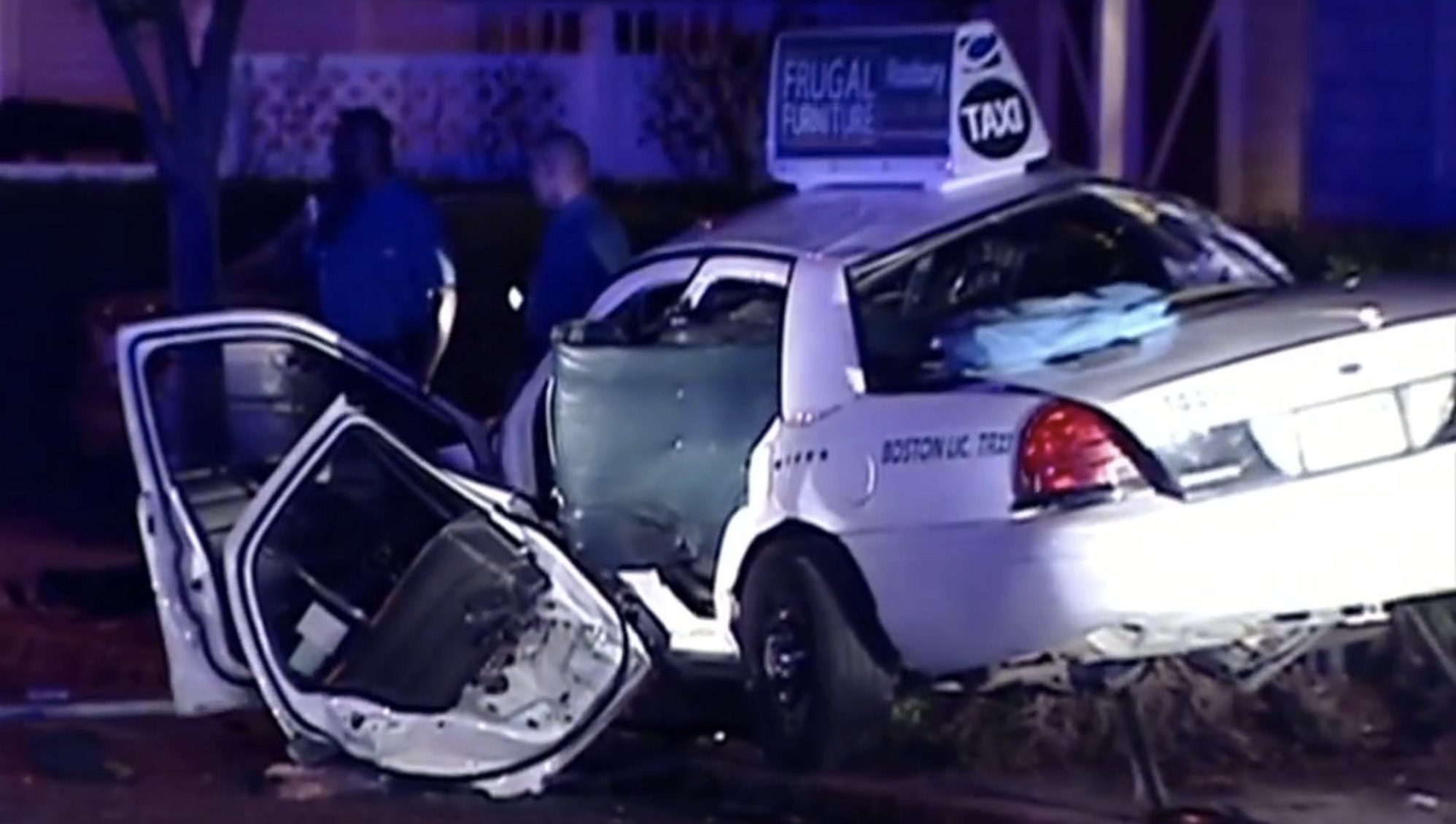





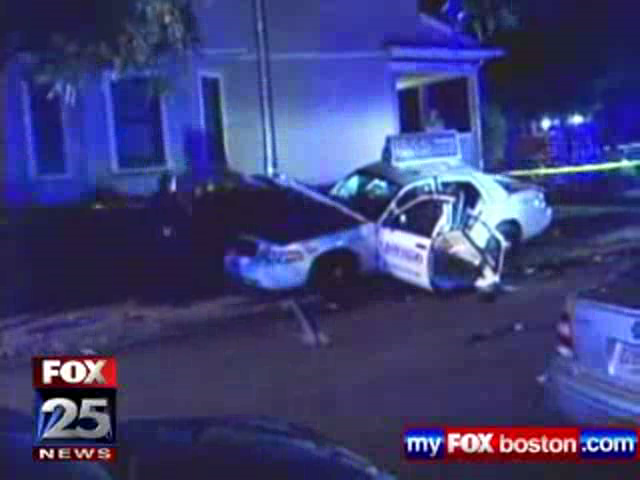


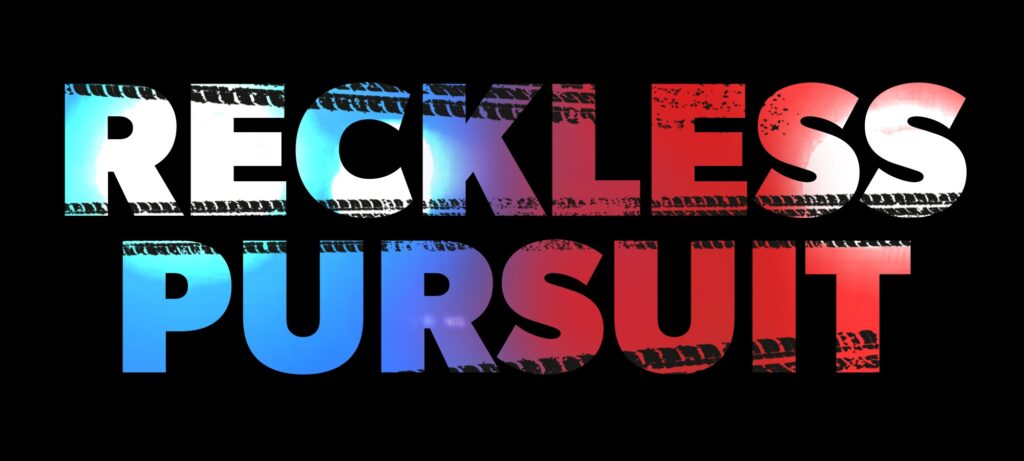








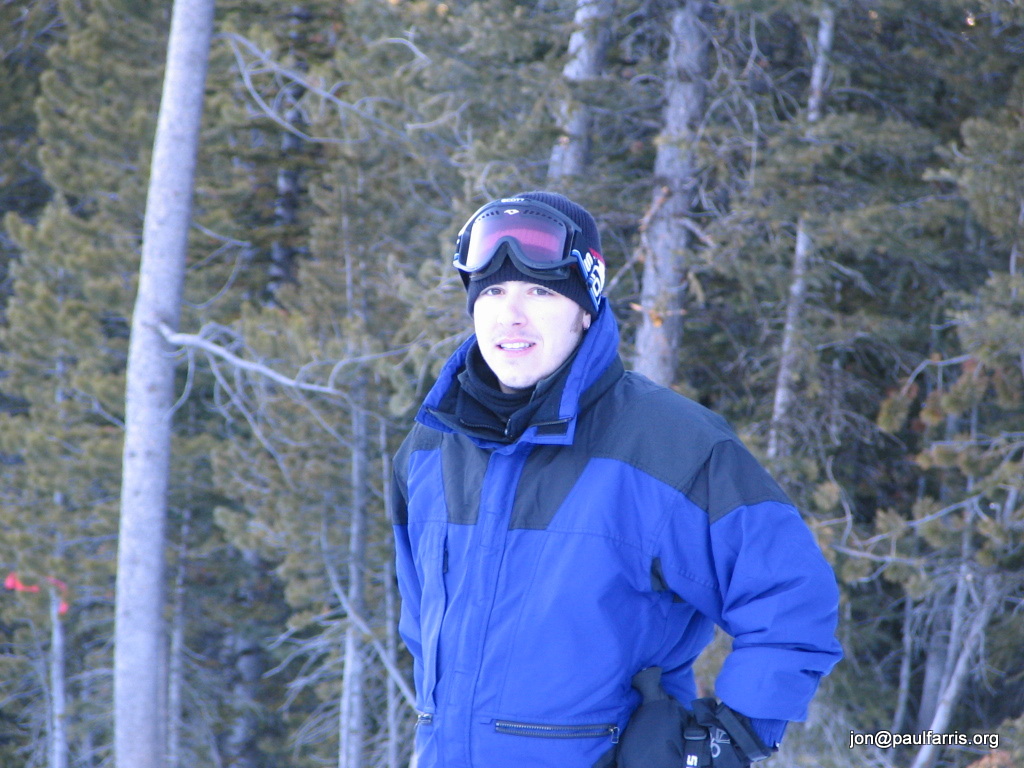
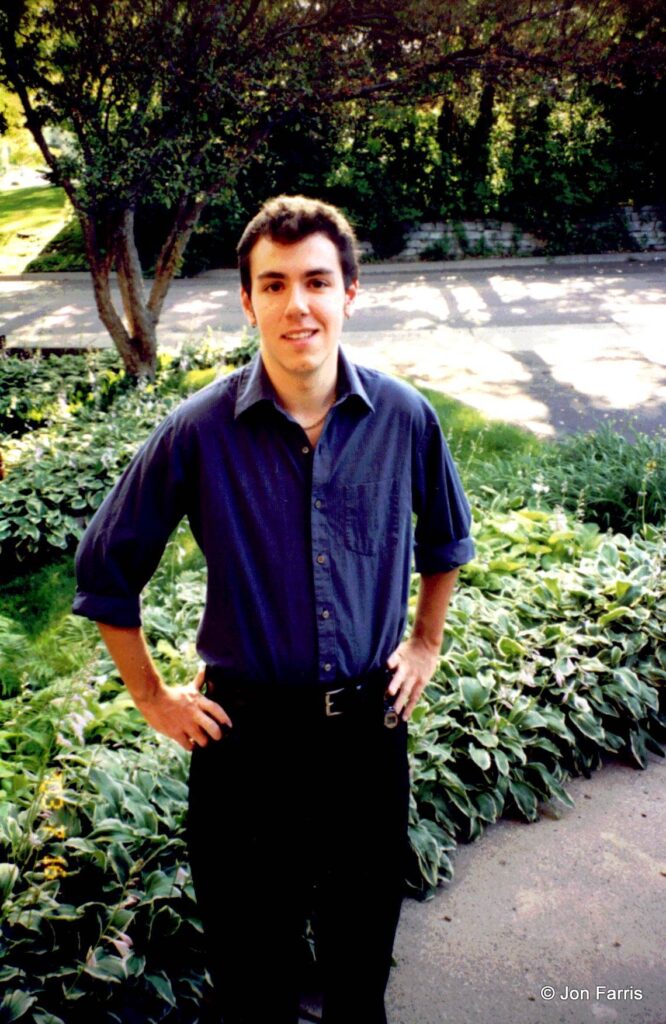

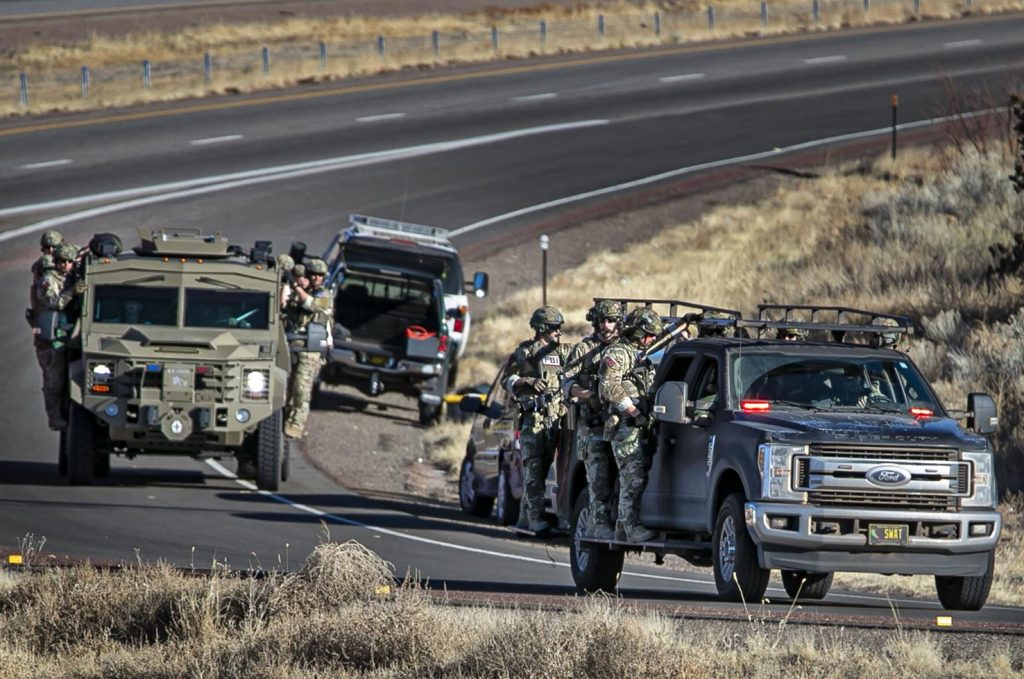

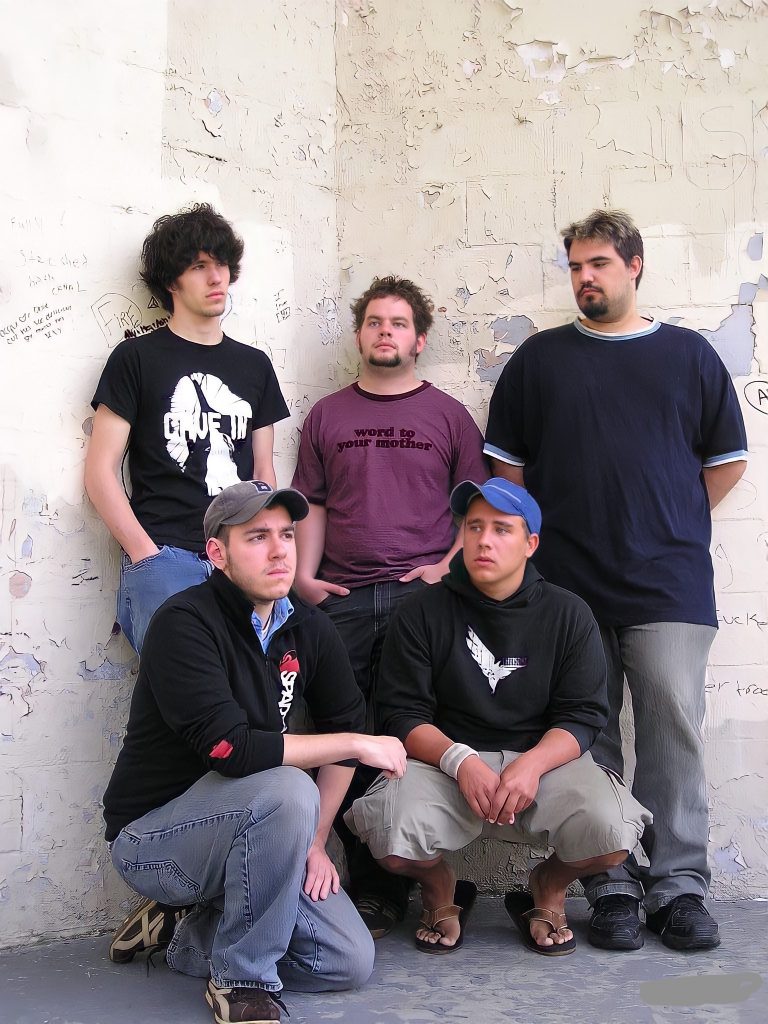


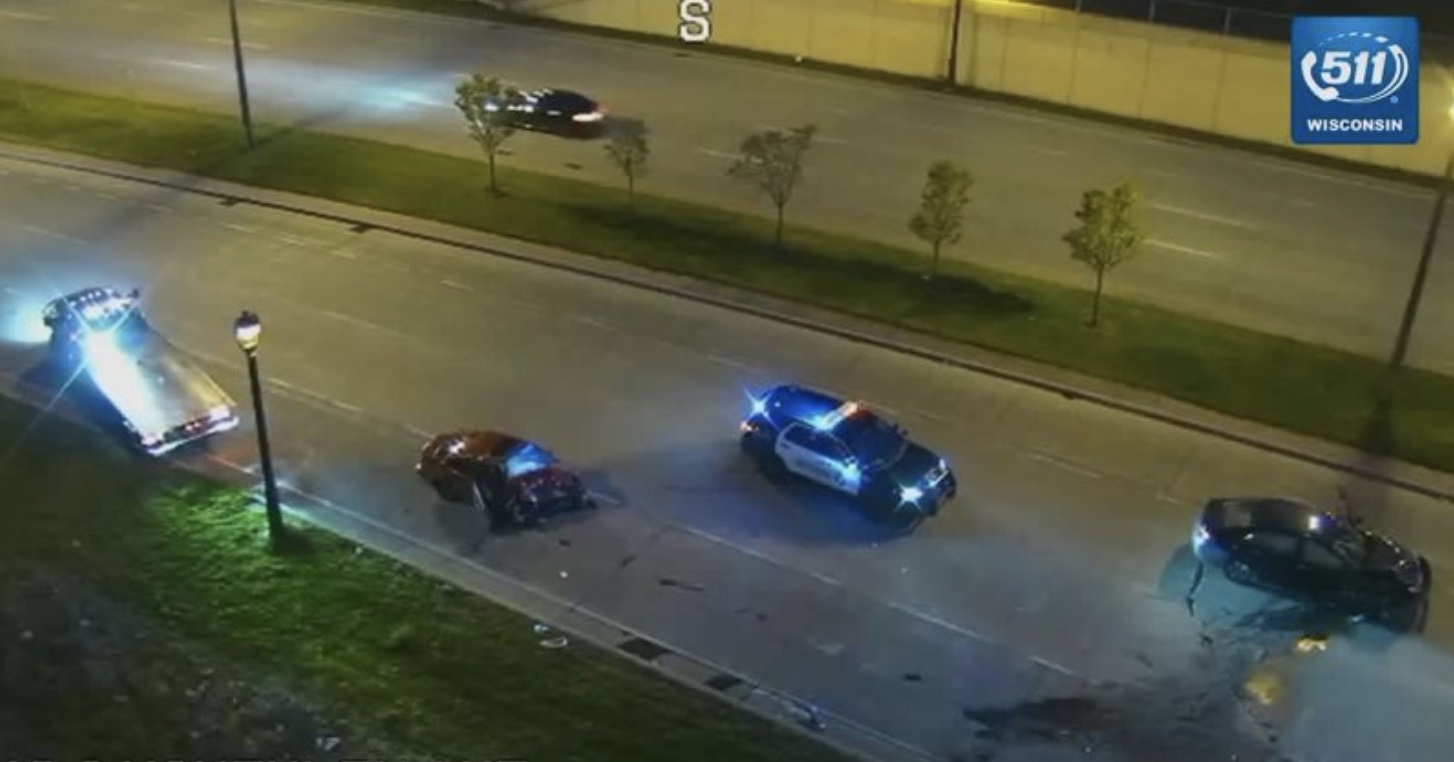



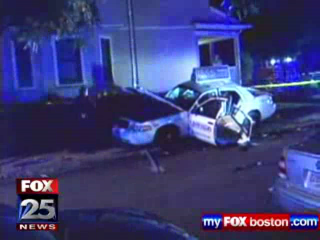
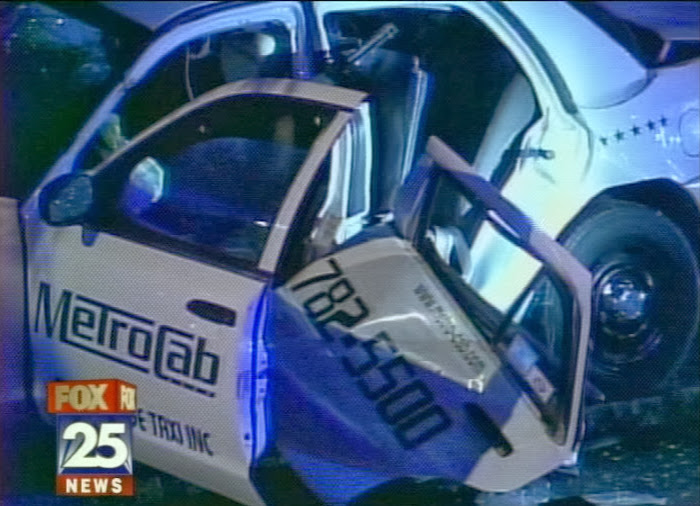















 Updated: 6:11 PM CDT Oct 1, 2018
Updated: 6:11 PM CDT Oct 1, 2018